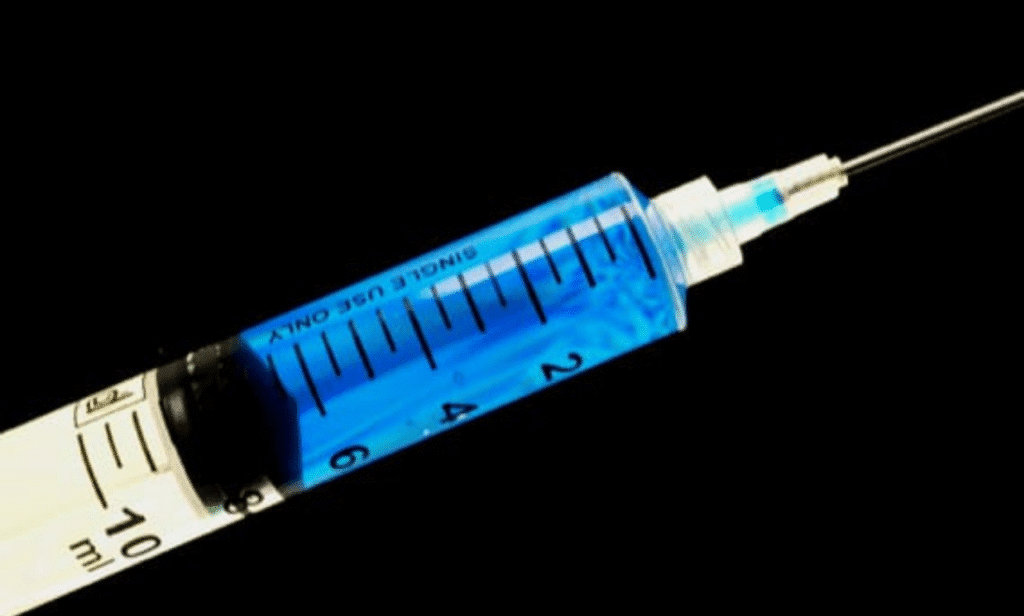
Lupin’s recent launch of its Glucagon for Injection USP, packaged as a 1 mg vial within a ready-to-use emergency kit, marks a thoughtful expansion into critical care and diagnostic medicine in the United States, immediately catching attention across healthcare and pharmaceutical markets. This offering, which closely mirrors Eli Lilly’s established formulation, brings a much-needed injection solution for extreme cases of low blood sugar—commonly known as severe hypoglycemia—to both pediatric and adult patients managing diabetes.
In everyday life, severe hypoglycemia can be sudden and devastating: a person may feel dizzy, confused, or even slip into a seizure or unconsciousness in a matter of minutes. Having a reliable glucagon injection on hand—one that acts fast to elevate blood sugar—can mean the difference between a manageable scare and a life-threatening emergency. When healthcare professionals or caregivers reach for Lupin’s kit, they’re accessing an option that offers bioequivalence to the trusted Eli Lilly version, meaning the dosage strength, purity, and delivery are intended to perform in a clinically equivalent manner.
Beyond its role in emergencies, glucagon plays a unique supporting role in radiologic diagnostics. During certain imaging procedures—like abdominal CT scans or MRI studies—radiologists sometimes need to still the motion of the gastrointestinal tract for clearer images. Administering glucagon temporarily inhibits gut motility, helping produce sharper, more accurate diagnostic images. Lupin’s injection serves that dual purpose—an expert tool for diagnosing conditions related to the abdomen or surrounding organs.
Analyzing the opportunity around this product, industry data from IQVIA (MAT June 2025) indicates that the U.S. market for such glucagon injections—packaged as emergency kits—is approximately USD 122 million per year. That’s substantial. It tells us there’s a steady demand from hospitals, clinics, ambulances, and even schools or community healthcare centers that maintain emergency supplies for diabetic care. With this launch, Lupin positions itself to tap into a high-value niche where reliability, regulatory approvals, and quality are non-negotiable.
The timing of the launch also aligns with Lupin’s broader strategy. Over recent years, the company has aggressively built its presence in the U.S. generics and injectables space, focusing on areas like biosimilars and inhalation therapeutics. Launches such as glucagon are highlighted by Lupin as a key part of a robust pipeline that includes around 30 injectable products—a portfolio designed to drive long-term growth and showcase R&D and manufacturing capability.
On the corporate strategy front, Lupin’s standing as a global pharmaceutical leader—based in Mumbai with over 100 markets served, 15 cutting-edge manufacturing facilities, and seven R&D centers—provides both the scale and scientific credibility to back this launch. Their diversified expertise across branded drugs, generics, complex generics, biosimilars, and APIs positions them not just as a provider but as a trusted partner for healthcare systems seeking quality, reliability, and value.
Several layers give this launch particular gravitas. Firstly, it offers accessibility—generic or biosimilar options tend to reduce cost and widen availability compared to brand-name drugs. Secondly, it confirms Lupin’s regulatory strength. The product’s entry into the U.S. market followed direct FDA approval of its ANDA (Abbreviated New Drug Application), reaffirming compliance with rigorous quality and equivalency standards.
Looking at the broader picture, the dual utility of glucagon—in emergency hypoglycemic settings and as a diagnostic adjunct—means this product is both versatile and indispensable. One emergency department physician, for example, might rely on it to resuscitate a child suffering from an insulin overdose, while a radiologist down the hall uses the same tool to enhance an abdominal image of an adult patient with suspected pancreatic lesions. By aligning with frontline medical needs and imaging efficiency, Lupin underscores that it understands the day-to-day pressures and nuances of clinical care.
From a patient’s standpoint, knowing a proven glucagon injection is available and supported by a reputable company provides peace of mind, especially for caregivers managing chronic diabetes. Families raising children with type-1 diabetes, school nurses responsible for diabetic students, and emergency responders across cities all benefit when a reliable emergency kit is within reach.
The ripple effect extends across business strategy as well. Moneycontrol quotes the company acknowledging that in recent months, Lupin has seen a “material inflection” in their injectables segment with launches like glucagon, liraglutide, and Risperdal Consta driving momentum. That’s not just industry speak: it indicates that Lupin sees programs in injectables, biosimilars, and inhalations as core to their U.S. growth plan moving forward.
In summary, Lupin’s Glucagon for Injection USP launch in the U.S. is more than a product release—it’s a statement of capability, responsiveness, and alignment with urgent healthcare needs. It brings a trusted emergency treatment to patients facing life-threatening episodes, supports diagnostic professionals striving for clarity in imaging, and supports Lupin’s strategic goals of building a robust, clinically meaningful injectable portfolio in one of the world’s most demanding pharmaceutical markets.
